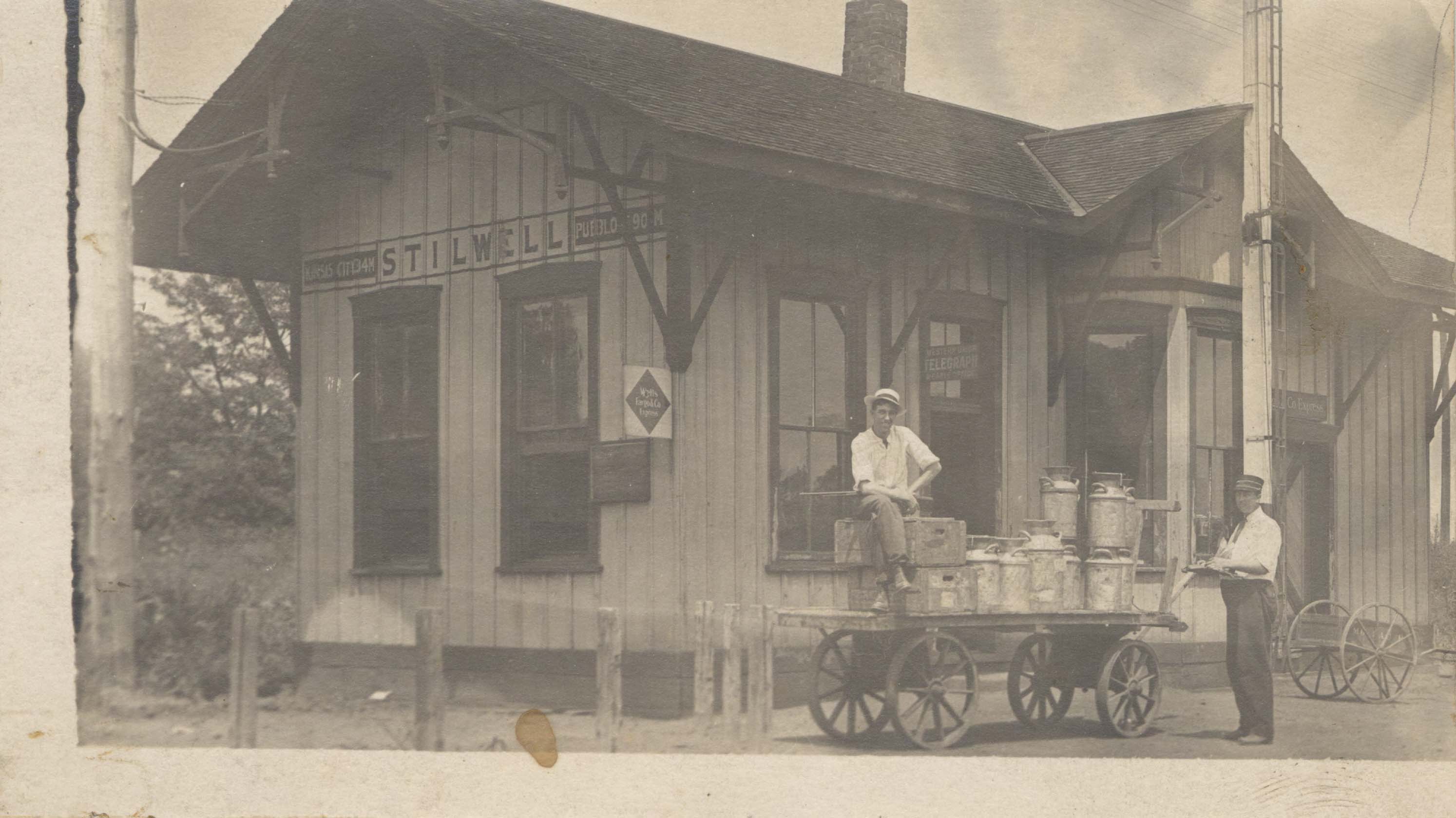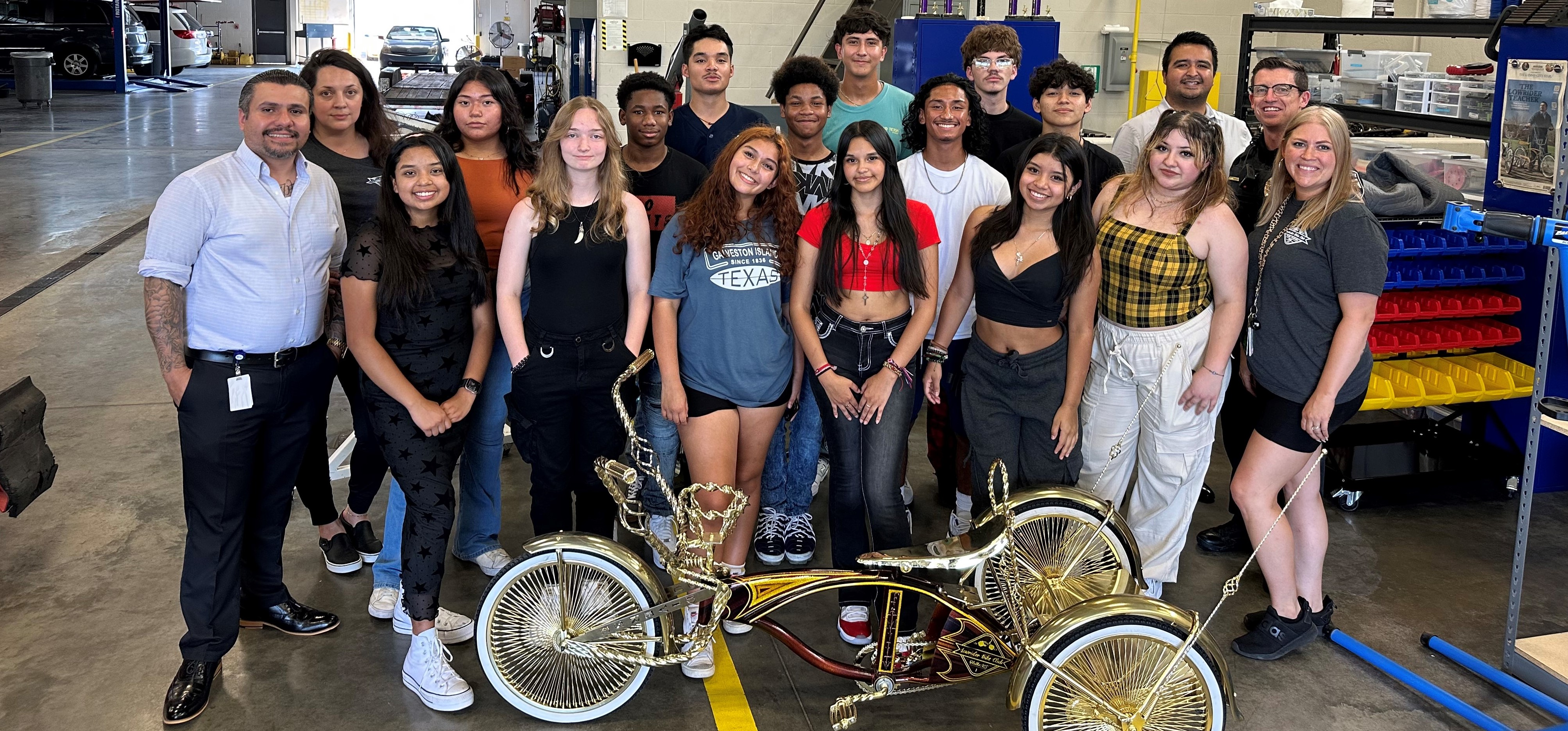Ernest Hemingway, known for such literary classics as The Old Man and the Sea, The Sun Also Rises, and A Farewell to Arms, stood out as one of the 20th century’s most prolific authors. He famously spent much of...
Ernest Hemingway, known for such literary classics as The Old Man and the Sea, The Sun Also Rises, and A Farewell to Arms, stood out as one of the 20th century’s most prolific authors. He famously spent much of his life traveling, living in places like Paris, Cuba, and the Florida Keys. His time spent in Kansas City, first as a young cub reporter for The Kansas City Star and later in a brief but significant stays in the Johnson County area that remains less widely known.
 Ernest Hemingway in Kenya, 1953. Photo courtesy Wikimedia Commons
Ernest Hemingway in Kenya, 1953. Photo courtesy Wikimedia CommonsBorn and raised in Oak Park, Illinois, Hemingway’s writing career began in high school, where he edited both the yearbook and newspaper. After graduation, the teenaged Hemingway arrived in Kansas City in October of 1917 after obtaining an entry level reporting job at The Kansas City Star through the influence of his uncle, Alfred Tyler Hemingway, a prominent local businessman with connections at the newspaper. He spent his days there as an “ambulance chaser,” following crime stories throughout the city and hunting for leads in hospitals and police stations. Though his time there was brief, it would be influential to his later career, with the newspaper’s style guide of clear, direct language and short sentences becoming a hallmark of Hemingway’s future writings.
While he enjoyed the excitement of his new career, increasing news from the frontlines of World War I troubled the young journalist. Already a member of the Missouri National Guard, Hemingway repeatedly applied for military service but was denied due to poor eyesight. Not letting this deter him, he eventually volunteered for a position as an ambulance driver for the American Red Cross and left for the Italian front in mid-1918. Not long into his service, Hemingway was severely wounded by mortar fire and spent many months recovering in an Italian hospital.
 Ernest Hemingway in Milan, 1918. Photo courtesy Wikimedia Commons
Ernest Hemingway in Milan, 1918. Photo courtesy Wikimedia CommonsAfter the war, Hemingway traveled extensively in North America and Europe, writing for newspapers and publishing his first novels and collections of short stories. It was the pregnancy of his second wife, Pauline, that brought Hemingway back to the Kansas City area in the summer of 1928. Ernest and Pauline were living in the Florida Keys when they found themselves in need of a safe and reputable hospital for the birth of their child. Research Hospital in Kansas City (now Research Medical Center) had recently opened an impressive obstetrics department and Hemingway’s aunt, Arabell Hemingway Shepard, lived nearby in a spacious Mission Hills home designed by her husband, architect Clarence Erasmus Shepard. With access to a good hospital and a comfortable place for recovery, it was an ideal location for the young couple.
 The Mission Hills home of Clarence and Arabell Hemingway Shephard, March 1933. Photo courtesy Missouri Valley Special Collections
The Mission Hills home of Clarence and Arabell Hemingway Shephard, March 1933. Photo courtesy Missouri Valley Special CollectionsWhile the living arrangements were adequate and Pauline’s pregnancy progressed well, Hemingway and his aunt did not always get along. She disapproved of his foul language and, despite the success of his burgeoning literary career, often conveyed her disappointment that he did not complete college. Consequently, Hemingway spent much of this summer stay holed up with cousins Ruth and Malcolm Lowry, also of Mission Hills, writing what would be published the following year as A Farewell to Arms. Hemingway seemed to enjoy the change of scenery. That summer, he wrote to his father: “This is a nice town with some good guys. Simple as hell – everybody with lots of money doing all the things the English do without English accents and no bloody snobbery.”
The birth of the couple’s first child, a son named Patrick, proved difficult and ended with a cesarean section and a lengthy recovery period for Pauline. In letters to friends and family, Hemingway described the fear and dread he experienced during the 18-hour labor, and the traumatic event left a lasting impression on him. When Pauline recovered, the family once again began their travels, spending several months in Wyoming, where the final chapters of A Farewell to Arms would be completed.
In the fall of 1931, Pauline was once again pregnant. Fearing another difficult birth, the couple decided that the same doctors who had safely delivered their son would be the best choice. For the second time, they made their way to Mission Hills, this time to stay with cousins Ruth and Malcolm. Here Hemingway spent time finalizing his work on Death in the Afternoon, writing for long hours each day until his eyes were too strained to see. Their second child, Gloria, was born November 12, 1931. As feared, it was another difficult birth, more dangerous than the first, but Pauline was able to recover quickly. The couple said their final farewells to the Kansas City area soon after. This was Hemingway’s last significant visit to the area, but his time here was impactful, both professionally and personally.
 Postcard of the former Kansas City Star Building completed in 1911. Photo courtesy Missouri Valley Special Collections
Postcard of the former Kansas City Star Building completed in 1911. Photo courtesy Missouri Valley Special CollectionsReferences to the city and his experiences appear in various works. In Our Time features two Kansas City-based vignettes, and the story “God Rest You Merry, Gentlemen” is set in a Kansas City hospital. Jake Barnes, war-wounded protagonist of The Sun Also Rises, is a one-time Kansas City cub reporter. A Farewell to Arms, completed shortly after the birth of Patrick, ends with a dramatic and difficult childbirth.
In 1940, during a brief stop in Kansas City while promoting For Whom the Bell Tolls, Hemingway praised his training at The Kansas City Star as “the best rules I ever learned for the business of writing.”
-Sam S., Johnson County Library











